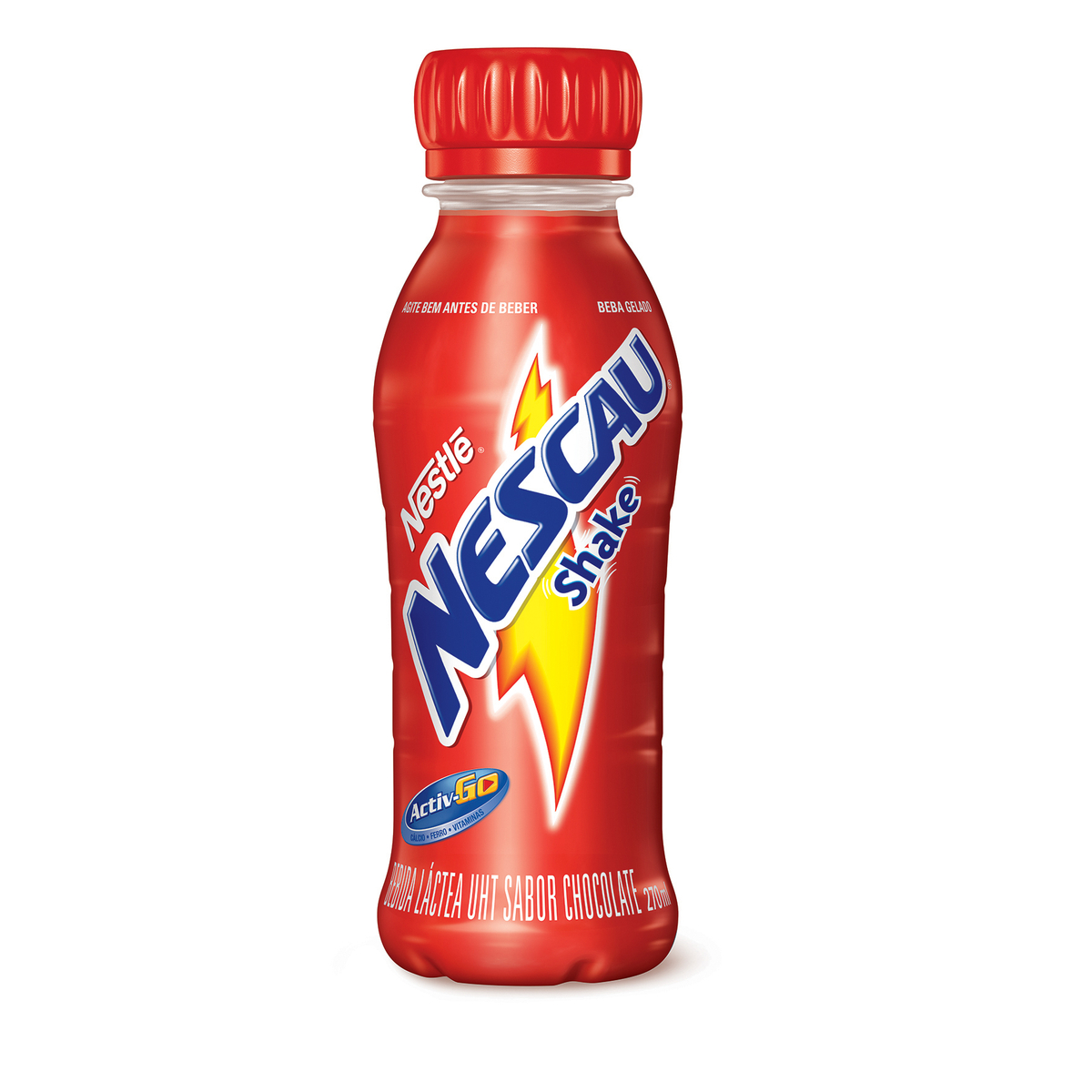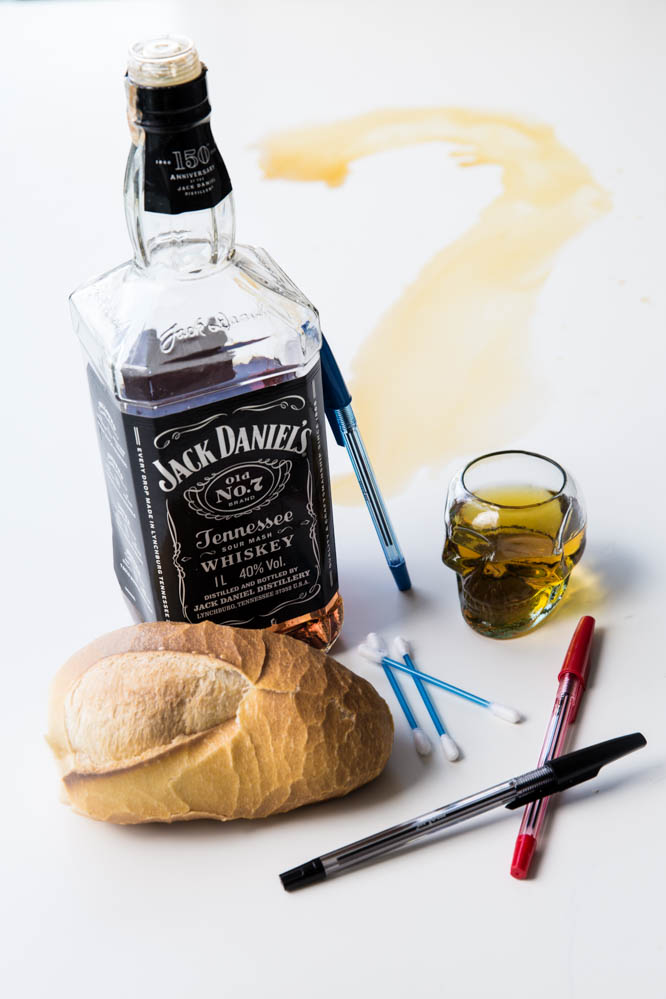I’ve just bought a pair of earphones. Another pair, in fact, as my last, amazing ones met their fate when they hit the ground. They lasted less than two years and cost more than a bottle of Prosecco for New Year’s Eve. Annoyed, I decided to buy a cheaper pair, but still something that looked good. An international website selling ‘replicas’ solved my dilemma – a beautiful pair of aviator style headphones. Had it not been for a vowel of difference, the brand would have been one of the best in electronics – Buse.
My Buse headphones were almost identical to the original. Seriously, it was almost impossible to spot the difference, apart from in what really mattered – the sound quality. The base was too high and the highs were too low. The maximum volume was about as loud as my daughter whispering. Worst of all was the way they rattled when I shook my head – probably due to a screw that had come loose on the long intercontinental journey made before they finally got to me.
It was a pity. At the end of the day, my pseudo-real headphones weren’t real where it mattered the most, despite the impeccable appearance. As everything in my life ends up in whisky, a quick thought occurred to me. It was like a fake whisky.
So, armed with my (not so dear) newest acquisition, I decided to write a post explaining about fake whisky and how to identify it. Dear readers, get ready for a text of public, and ethylic, service, written by the Bottled Dog. Prepare yourselves too to be deeply disillusioned. No spoilers – but I have to rid you of any ideas of infallible and simple methods. As Dante wrote, “Lasciate ogne speranza, voi ch’intrate”*. Finding a fake whisky is like losing weight – there’s no magic formula.
Let me be more incisive. It’s no use shaking the whisky to see if it froths. It’s no use hitting the bottle with a pen, unless you are part of a hipster percussion band – and don’t even think about pouring it on bread. The reason is very simple: there are dozens of different types of forgeries and no test works across the board.
Well, I can explain where each of these myths came from. Beginning with shaking the bottle, which in addition to not working, in the long-term spoils the drink because it stimulates oxidation (read more here). Theoretically, more viscous liquids produce more persistent bubbles, and whisky, whose cut is between 62 and 67 ABV, has little viscosity. So, an original whisky would produce fewer bubbles than a fake, which by some lapse on the part of the forgers or some other reason I can’t fathom, would be more viscous.

The problem is that each whisky has a different oiliness. I actually don’t need to say that, because you already know as you follow the Bottled Dog. In this way, The Macallan is much oilier than a Glenmorangie, for example. In addition to this, there is the maturation. Wood oils often increase the viscosity of whisky, so it’s not really easy to judge whether those bubbles are normal or not. The myth about the pen follows a similar logic.
The same goes for the bread test. Crude forgeries can use iodine to simulate the colour of real whisky. This method is very rare nowadays and for obvious reasons – it’s ridiculously easy to uncover. As well as this, it’s not very economical and much more difficult to do than other better and more popular methods. The principle is simple. There is a chemical reaction that occurs between bread and iodine, which leaves it blueish in colour. It is exactly for this reason that this type of falsification has become rarer and rarer.
In fact, the use of iodine is not just rare, it’s obsolete. As it happens, most of the blended whiskies available in the market use artificial colouring, just not iodine. It is the well-known and controversial caramel colouring, or E150. The idea is not to disguise a fake whisky, but to standardise the colour of original products so that they don’t seem strange to consumers accustomed to drinking the same colour drink. E150 does not show up on bread, and it’s just as well, otherwise many genuine whiskies would be considered fake.
And there you have it. As I explained, most of these tests don’t work simply because the most common way to fake a whisky today is to use an original whisky. That is to say, the fake whisky you bought is actually a real one. It’s genuine, it’s just not the whisky on the label.

This is the well-known falsification by transposition or transplantation. You use a bottle of some other more expensive brand, say Black Label for example, and fill it up with another cheaper whisky – maybe Teacher’s or Passport. The empty bottle might even be original, so you have an original whisky in an original bottle. However, it would be an original Teacher’s or Passport in an original Black Label bottle. Therein lies the genius – or rather naughtiness – of this method: It is not identifiable by any of these tests because the whisky is a real one.
Recently, this happened with The Macallan. The Waldhaus Hotel in St. Moritz had a bottle from the distillery dated 1878. A guest – the Chinese writer Zhang Wei – paid 9,9999.00 Swiss francs for one measure. However, the digital world began to suspect the authenticity of the bottle. Finally, experts suggested the bottle was fake, as the label described a company that never existed.
It wasn’t long before the mystery was uncovered. The contents of the bottle were indeed whisky, but it was far from being a nineteenth century The Macallan. According to the laboratory Tatlock and Thomson’s, which carried out a series of chemical and physical tests, the liquid was probably a blended whisky, made between 1970 and 1972. An extremely well-made fake. So well-done in fact, that it fooled the distillery itself – after all, it had bought and stored bottles in its vaults from the same origin.
The problem of transplant forgery though, isn’t even when whisky is used, but a spirit, which is produced without due care and whose consumption is, well, not very advisable. This alcohol, often full of methanol and other toxins, is used to dilute the whisky. It’s a bit like putting cream in the carbonara to make it seem like there’s more. Yet, in the case of whisky you don’t you don’t just make it seem like there’s more, you die. I mean, it’s not instant death or anything and we’re all going to die, but it does speed up the unpleasant process.
Another myth about fake whisky has to do with solid waste. No, not poo, but crystals or powder that can develop inside the bottle while still closed. An urban legend said that bottles such as these were false. Even if there is some truth behind this, of course a fake whisky can develop a certain residue, this story is far from being completely true. This can happen through many phenomena.

One of them is filtering. Some whiskies, especially single malts cask strength, undergo very slight filtering before being bottled and for this reason, a powder resembling ashes can arise in the bottle over time. These are small remains of the barrel, which were not removed during the filtration process. To give you an idea, the bottler Blackadder even has a line of whiskies that are not filtered at all. The result in an original whisky, which is almost always opaque and full of fascinating, small particles floating in it.
In addition to this, there is a curious, but well-known, chemical phenomenon called flocculation, of which there are two types. The first is reversible flocculation. Most fans of more alcoholic whiskies have witnessed this. It occurs when the temperature of the whisky drops dramatically in a very short period of time, or when water is added to dilute it. Whisky contains countless fatty acids (seriously) that give it that special taste. With the drop in temperature or dilution, these acids precipitate and make the whisky opaque.
The second is irreversible flocculation. This is much rarer. It manifests itself in the form of small crystals in the bottom of the whisky. The crystals are made of calcium oxalate and seeing as I have no idea what calcium oxalate is, I’ll just stick to what I know: This can be avoided or reduced during production by using demineralised water.
Of course, there are crude counterfeits and some, which are more sophisticated. Obviously, for a small portion of those badly-made fakes these rudimentary tests will work. However, the truth is that there is no infallible way of being sure that what is on the label is in the bottle. So, my dear readers, I apologise once more for disappointing you. Leave the pens and the bread rolls at home, don’t bother stopping at the stationer’s or the bakery on the way to the bar. The reality is much more sophisticated than a simple chemical reaction or jingling a bottle of fake whisky. There is no formula for identifying a fake, except of course, taking care.
When buying whisky, be wary of the details and don’t take unnecessary risks… oh, and if you don’t mind me mentioning something I don’t know much about – the same goes for headphones.
(*abandon all hope, ye who enter)
